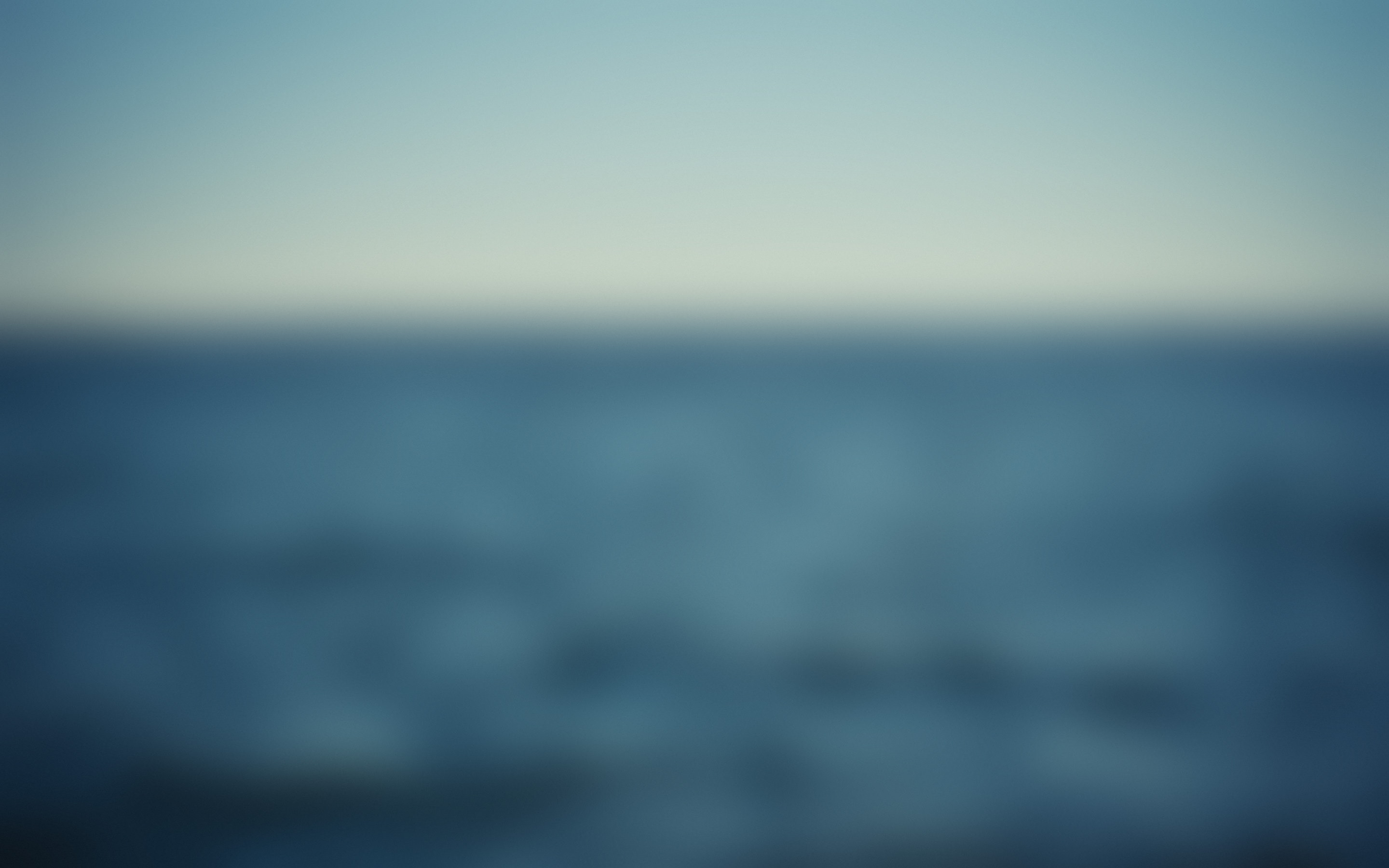Junkers Stammwerk Dessau
See also Stammwerk Dessau Relics
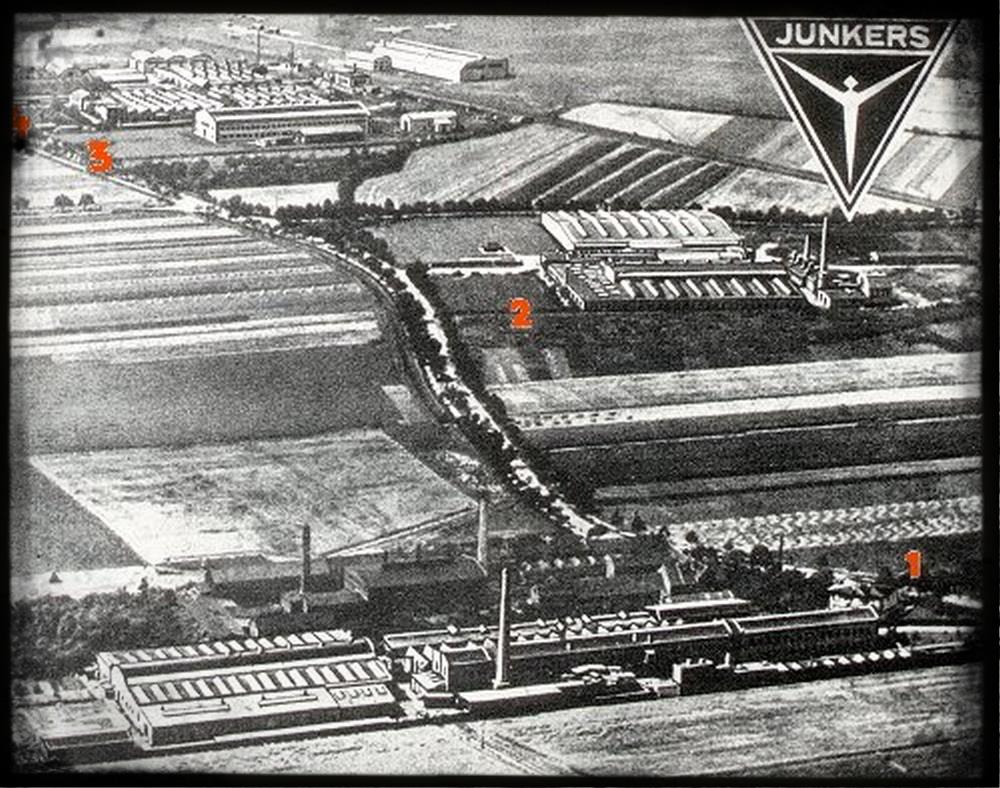
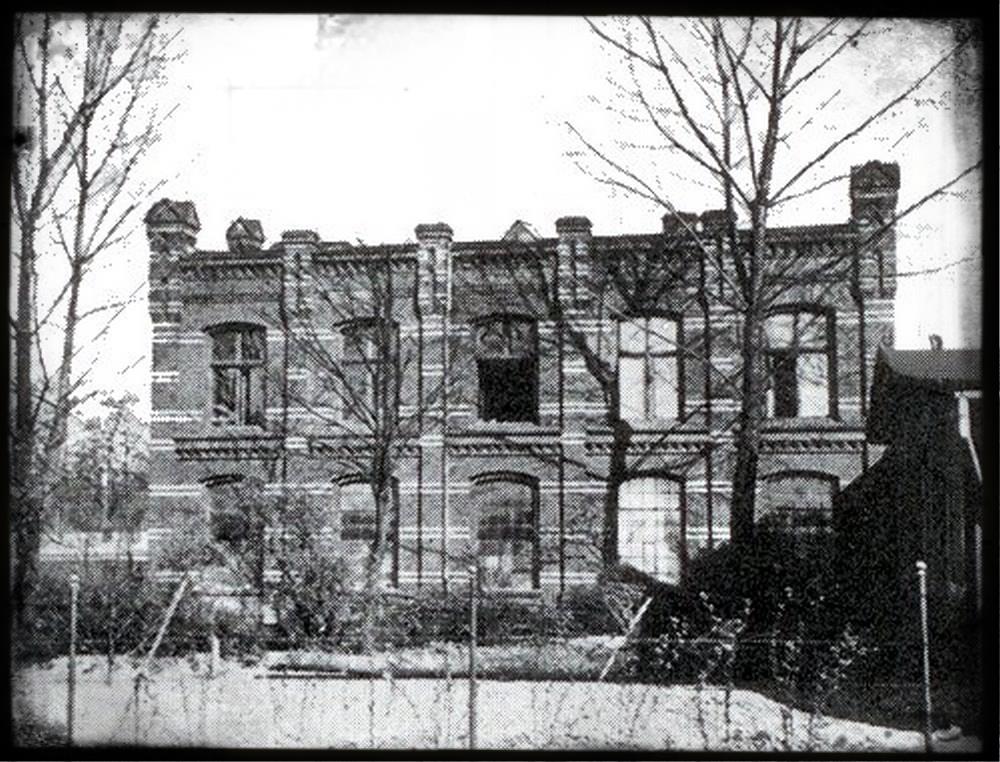
Initial ICO Facility at Dessau, Albrechtstr. 47
The Albrechtstrasse-facility was well known in Dessau as the bathstove factory. During the following years ICO extended its areal several times to be able to serve the increasing demand of waterheater bathstoves and heatings.
In 1906 the Albrechtstrasse facility reached its extension limits. Therefore ICO was looking for a new areal outside of Dessau. Finally ICO bought a property at Hasenwinkel, Coethensche Strasse 303 from the city of Dessau. This became the nucleus for the later Junkers imperium at Dessau.

Second ICO Facility at Dessau-Hasenwinkel, Coethensche Str. 303
During the next years ICO increased its bathstove production in Dessau massively. Meanwhile Hugo Junkers himself was busy as a professor at the University of Aachen, where he also established his research staff of the "Versuchsanstalt Hugo Junkers". Initial aircraft work was performed by ICO in 1912, when Junkers and Reissner constructed the all-metal Junkers Reissner Cunard, which was designed at Aachen, but built by ICO in Dessau.
When Hugo Junkers finished his professorship at Aachen in 1914, he returned to Dessau and transfered most of his research staff to ICO at Coethensche Str. Also the Kaloriferwerk, which was already established in Aachen, was transfered to Dessau in 1914. With the breakout of WWI the research staff at Dessau was fully concentrated into the field of all metal military aircraft designs and the Junkers J1 gained it face. During this time, Dessau did not have any wind channel equipment. Therefore most tests were still performed by a small remaining research group in Aachen. But in February 1916 the first wind channel at Dessau was ready for its initial run and the Aachen facilities were finally closed.
With the increasing success of Junkers all metal aircraft initial serial productions were started at the ICO facilities in Dessau for the Junkers J4. While previous prototypes still were picked up by train in Dessau and transported to Doeberitz near Premnitz for initial flights, the serial production of the J4 asked for a company airport near the ICO facilities. In 1917 the first airfield of the Junkers facilities in Dessau was inaugerated at the Mosigkauer Heide a pointing area between Mosigkau and Dessau-Alten. Two hangars of 17 x 13 metres were built at this airfield of 1000 x 380 metres in 1918. Major problems resulted from the wet area, which causes ice in winter and floods in summer. Also the airfield was not in direct connection with the Junkerswerke. Therefore all aircraft still had to be transported in wings-off configuration via the roads to the airfield. When larger aircraft appeared in the mid 20s, the Mosigkauer Heide was to small and a new airfield had to be identified.
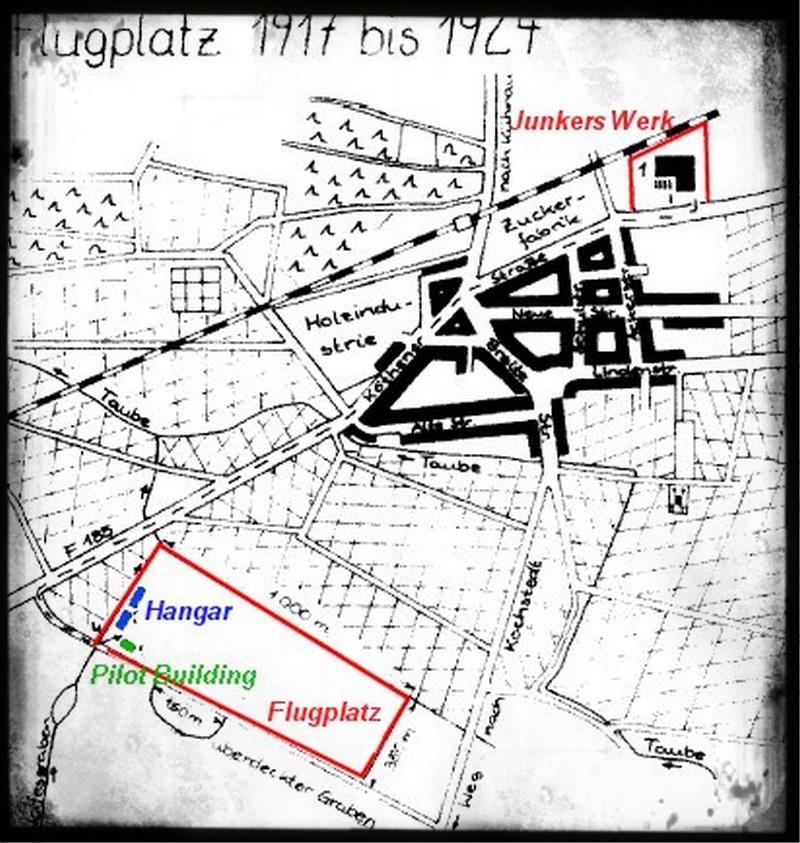
First Junkers Airfield at Mosigkauer Heide (1917 - 1924)
With the foundation of the Junkers-Fokker AG in 1917 the first dedicated aviation plant was erected at Dessau a few hundred meters off the ICO site in the Northwest near Alten. Also the Kaloriferwerk extended its areal Southwest of the ICO facilities until the end of WW I.
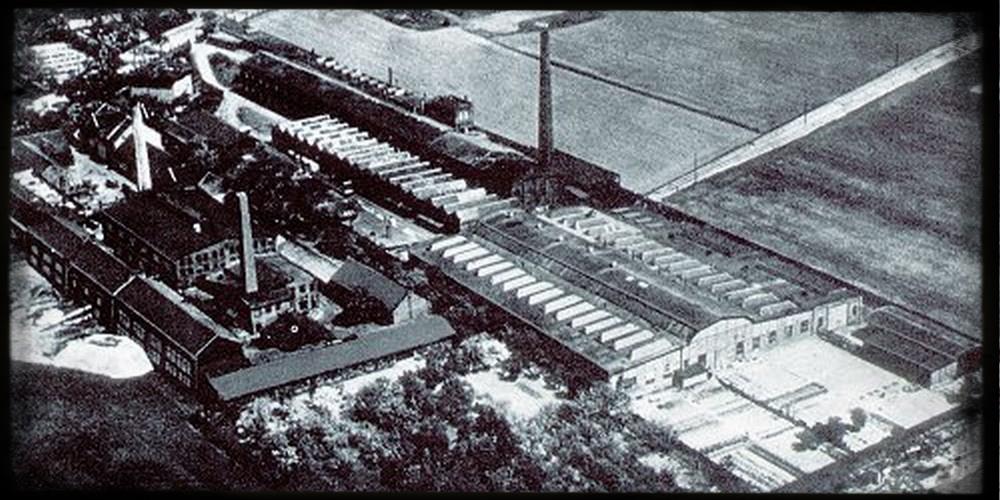
Kaloriferwerk at Koethener Str. in 1920
With the end of WW I, Junkers took over the Junkers-Fokker facilities at Dessau and founded the Junkers Flugzeugwerke. At the same time Junkers inaugerated the first commercial airline flights from Dessau to Weimar and the Junkers airfield between Mosigkau and Alten became an officially appointed airport. The years after WW I and economical crisis slowed down the further developement of the Junkers facilities at Dessau. A general bureau of the Junkerswerke was established at Dessau Downtown Kaiserplatz 21. 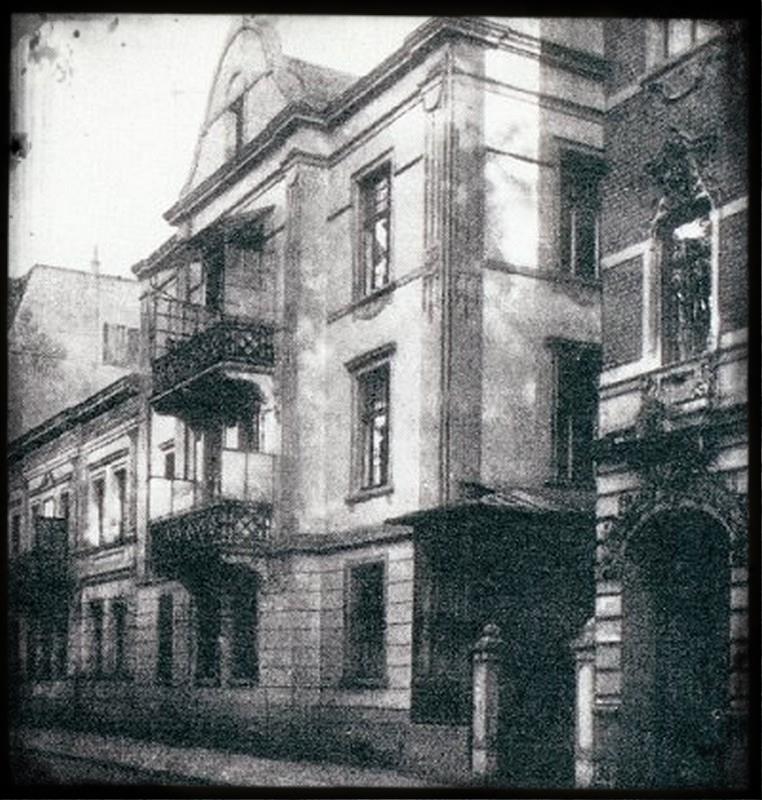
Junkers Hauptbuero in Dessau, Kaiserplatz during the Twenties
In 1922 additional offices were rented at Friedrichstrasse for the new established Junkers Luftverkehr, which were used until the integration into Deutsche Lufthansa in 1926. The Junkers Flugzeugwerke facilities were also extended with several engine workshops, mostly for research purposes. These workshops were extended for serial production of the L-series engines during the second half of the twenties.
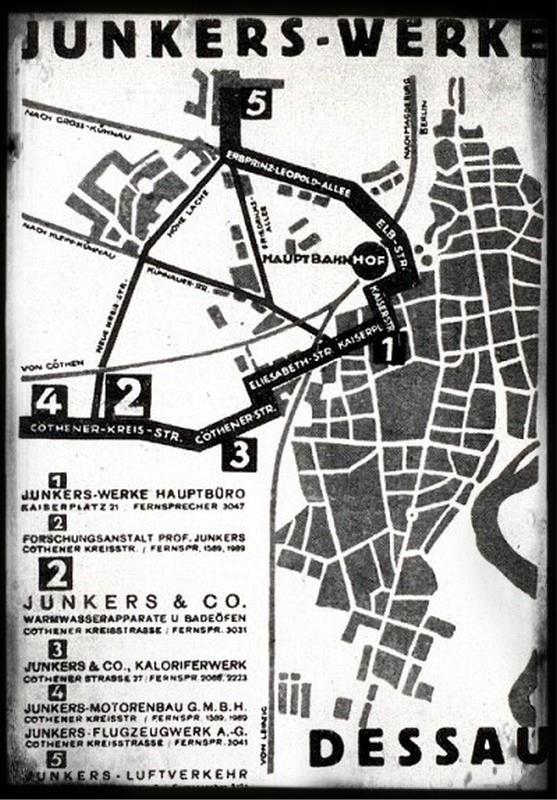
Junkers Facilities at Dessau at the mid twenties
All major Junkers aircraft up to the Junkers Ju60 were built and first flown from the Junkers facilities at Dessau. A major lack of these facilities was the missing of an usefull airfield at Dessau. The Mosigkau airfield was already closed shortly after WW I and was transfered a little bit more to the Northeast near Alten. A seaplane airport was opened in 1922 at the river Elbe at the Kornhaus, where the first Junkers aircraft took off on 11th May 1922. The aircraft were anchored at the Leopoldshafen.
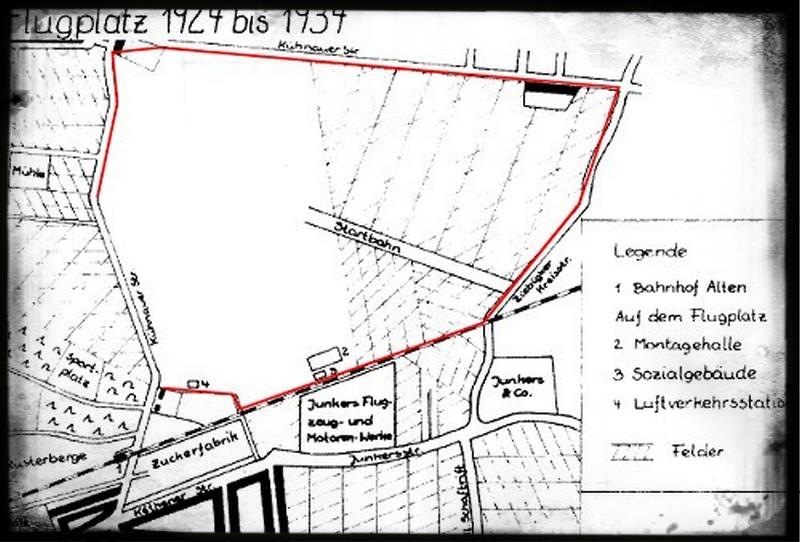
Junkers Airfield at Alten (1924 - 1937)
The Alten area was to small and the uneven surface caused a lot of landing crashes. In 1925 the Alten airfield got a large completion hangar and an asphalt runway and in 1926 a concrete course. However, the Alten airfield remained to small for the upcoming aircraft designs of Hugo Junkers. Therefore discussions continued to transfer the airfield to the South closer to the Junkers Flugzeugwerke facility. Between 1927 and 1930 the extension of the Alten airfield to the South proceeded and large hangars were erected at the Junkers Flugzeugwerke facilities.
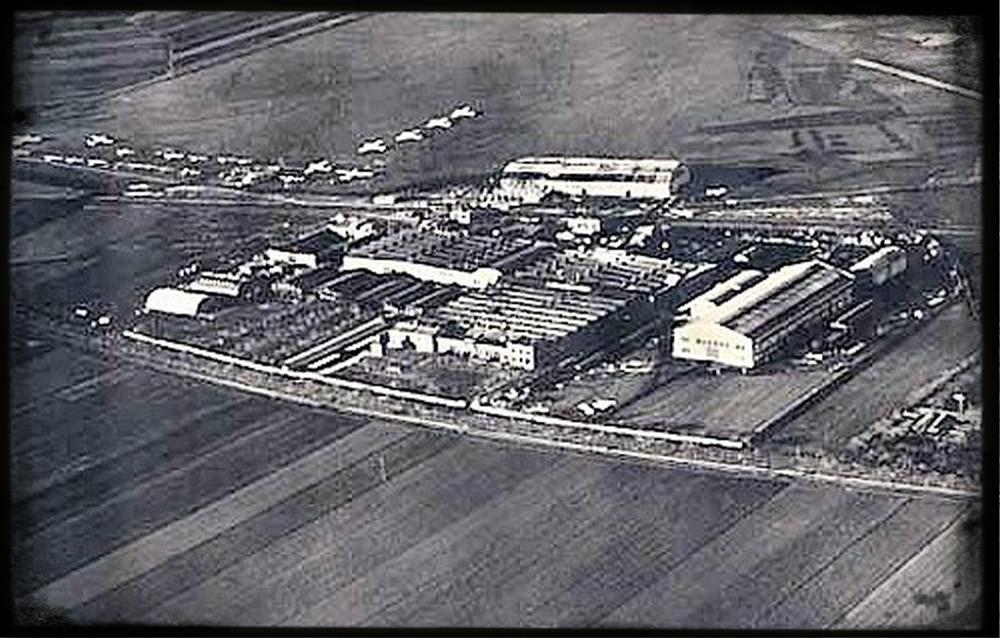
Junkers Flugzeugwerke and Junkers Airfield in the Twenties
Further extensions took place during the initial thirties. Already in 1933 Hugo Junkers picked up the idea for a new general administration building of the Junkerswerke North of the airport at the Kuehnauer Landstrasse. This building was massively influenced by the Dessau Bauhaus Style. Construction work started in March 1934 and in Summer 1935 the new office building was inaugerated. In 1936 a new building, also influenced by Bauhaus, was created at the Koethener Landstrasse for the Junkers Lehrwerkstatt (Educational Workshops).
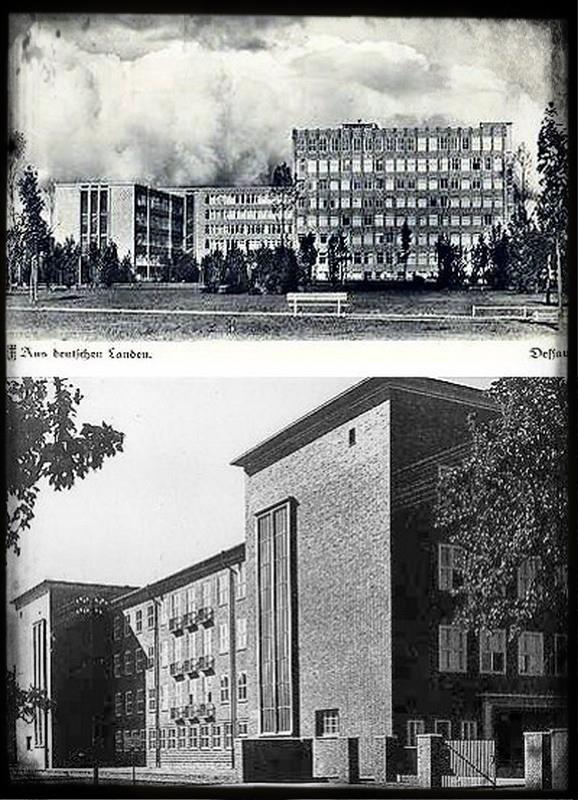
Junkers Administration and Training Buildings of the Thirties
With the increasing influence of the Nazi government upon the Junkers Flugzeug- und Motorenwerke the Dessau workplant facilities were significantly extended to fullfill the demand of Junkers Ju86, Ju87 and later Ju88 aircraft of the Luftwaffe. The construction of new facilities for Flugzeugwerke started already in January 1934. In June 1934 the first Ju52s were delivered from the new hangars and the complete facility was finished in November 1934.
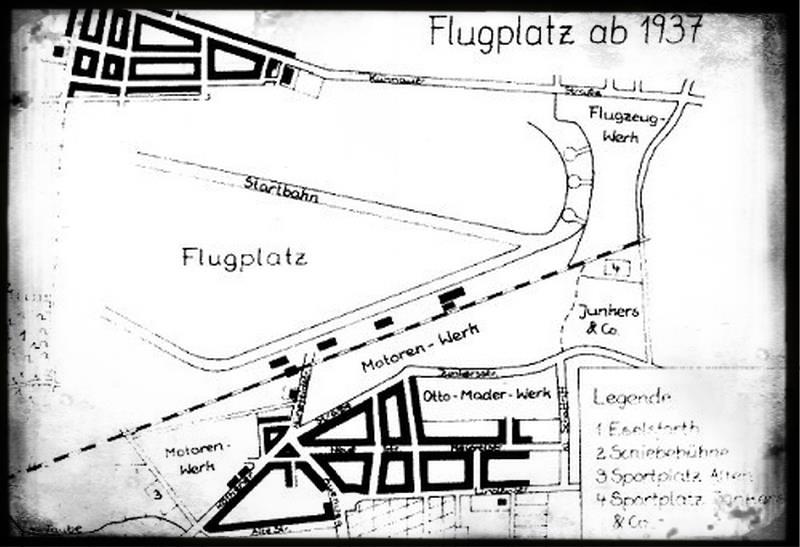
Junkers Airfield at Alten (1937 - 1946)
The old Flugzeugwerke facilities were handed over to the Motorenwerke in 1935. At Dessau-West a complete new city area was erected for the employees of the Junkers Flugzeugwerke. However, it became quickly obvious, that a single facility would not be capable to fullfill the demand of 10000 aircraft in shortest time. Therefore the Ju87 and Ju88 production was quickly spreaded over Germany's aircraft production companies after an initial serial production in Dessau.
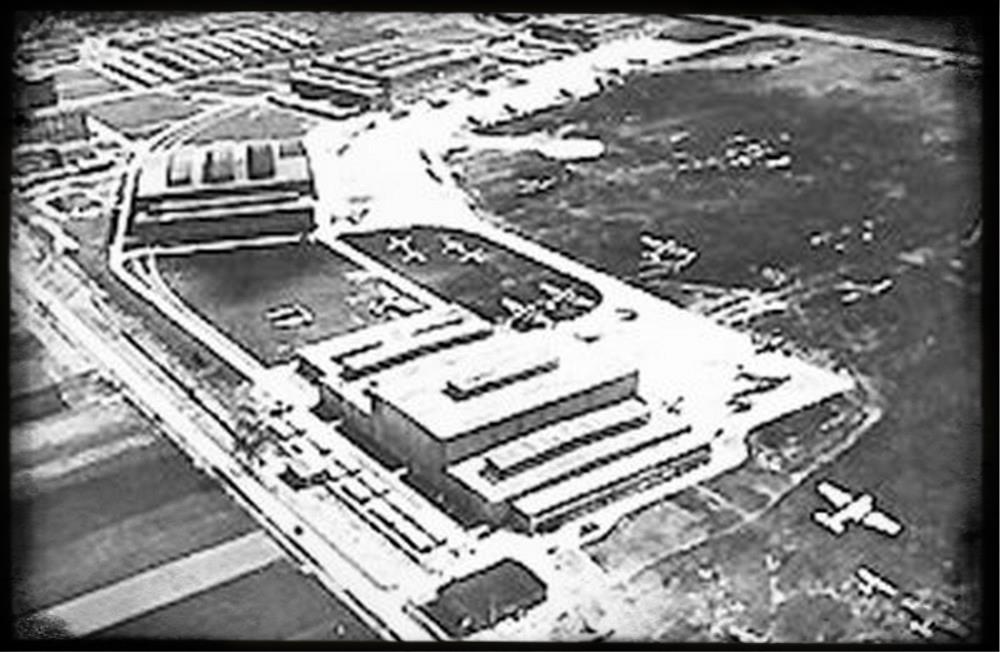
Junkers Flugzeugwerke during early Thirties
With the beginning of WWII the serial production of aircraft was more and more transfered out of Dessau. The JFM established several socalled Zweigwerke, decentralized facilities, i.e. at Bernburg, Halberstadt, Aschersleben, Schoenebeck, where serial production lines were initialized for Junkers aircraft. Therefore Dessau itself loosed more and more its role as a production facility during WWII. Allied bombers appeared over Dessau for several times during WWII,
28th May 1944, Oil Refinery, JFM and Dessau, 401st Bomb Group
21 aircraft, 7 lost during mission
unsuccessfull due to clouds over Dessau
30th May 1944, JFM facilities
US daybombing, massive impacts
30th July 1944, JFM facilities
US daybombing
16th August 1944, JFM facilities
US daybombing
16th January 1945, Oil Plant
7th March 1945, Dessau and JFM 19th and last air raid on Dessau
525 RAF bombers between 21:49 to 22:40, 744to bombs plus 950to fire bombs
a total of 86% of the city of Dessau were destroyed during that raid.
The most dramatic bombing for the JFM facilities was the attack on 30th May 1944, when most parts of Junkers Flugzeugwerke and Motorenwerke were destroyed by bombers of the 8th Air Force. Due to the increasing number of air raids large parts of the Junkers Dessau facilities were transfered to decentralized locations during WWII:
Raguhn (12km from Dessau, i.e. Ju248 mockup construction in 1944)
Burgkemnitz (18km from Dessau)
Bitterfeld (23km from Dessau)
Muldenstein (26km from Dessau, Junkers Motorenwerke)
Eilenburg (50km from Dessau)
Bad Leuchtstädt (50km from Dessau)
Merseburg (55km from Dessau)
Brandis (58km from Dessau)
Weissenfels (70km from Dessau)
Zeitz (82km from Dessau)
Saalfeld (120km from Dessau)
Falkenau (115km from Dessau)
Salzwedel (130km from Dessau)
Just the construction office remained at Dessau until the end of WWII.
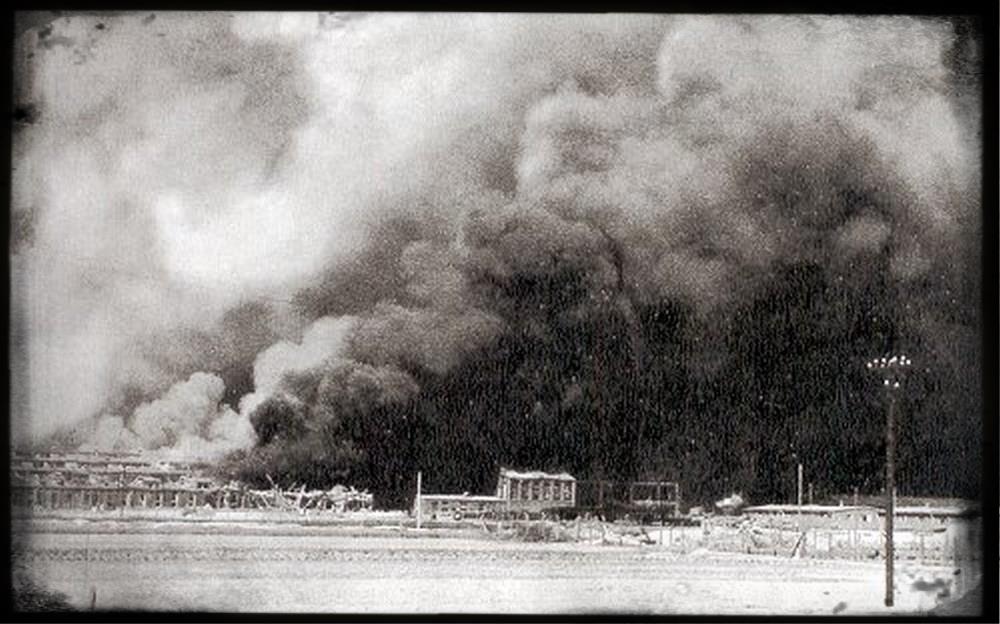
Junkers Flugzeugwerke during Air Raid of 30th May 1944
On 21th April 1945 Dessau and the Junkers Flugzeugwerke were occupied by the First U.S. Army. The Junkers facilities were investigated by the U.S. and several documentations were taken over before the U.S. Army handed over Dessau to the Soviet occupation troops on 1st July 1945. On 5th July 1945 the Soviet Military Administration SMAD installed a Military Commission at Junkers Flugzeugwerke. During the following weeks former Junkers staff was asked to return to the facilities and help to rebuilt them for a future aircraft production. In September 1945 the Junkers Flugzeug- und Motorenwerke AG was transfered into a Soviet Shareholder Company (SAG). Until Summer 1946 several projects, i.e. the EF126 and Ju287 were continued at Dessau. But on 22nd October 1946 the transfer of people, materials and tools to Soviet Union was started. The fuselage team was transfered to Podberesje near Moscow, while the engine teams were send to Uprawlentscheski Gorodok. On 1st November 1946 the last remains of the Junkers Flugzeug- und Motorenwerke AG left Dessau by train towards Russia.
While the Junkers Flugzeug- und Motorenwerke were totally destroyed during the air raid and all usefull parts were later demontaged and transfered to Russia, the ICO and Kalorifer facilities survived WW II. They continued as the VEB Junkalor (Kaloriferwerk) and as the VEB Gasgeraetewerk taken over from ICO on 2nd May 1946 in the German Democratic Republic until the end of the eighties. The VEB Gasgeraetewerk is now the Dessauer Gasgeraete GmbH.
Most of the buildings and hangars of Junkers Flugzeug- und Motorenwerke AG were scrapped during the following years. Only a few were undestroyed or repaired for futher utilization. When the G.D.R. decided to start an own aviation industry during the 50s, the former Junkers facilities at Dessau were one option for the future location of this industry. But finally the Baade team moved to Dresden, where the VEB Flugzeugbau Dresden was formed. Dessau did not play any role in the post war German aviation industry.
The Junkers airfield was initially used by the Soviet airforce. From 1953 to 1968 the airfield was used as a training base for NVA pilots. On 11th August 1979 the airfield was officially closed, but shortly after the German reunification the former Junkers airfield was reopened in 1990 and is in use since than as the Dessau airport.
introduced 23 Jan 2004, transfered Dec 2017
http://hugojunkers.bplaced.net/
contents last updated 23 Jan 2004
